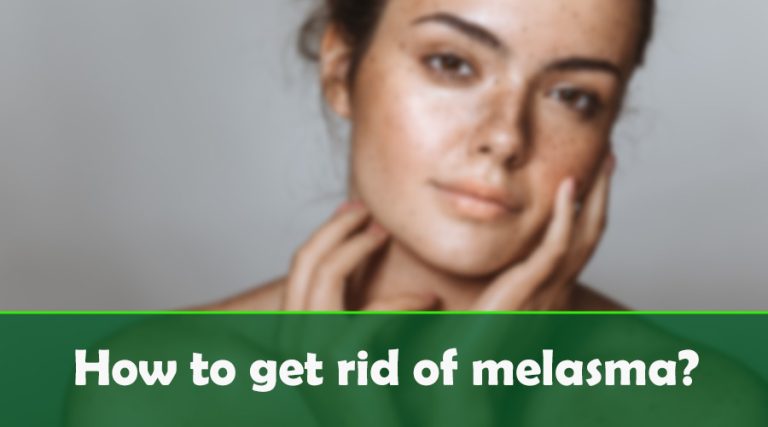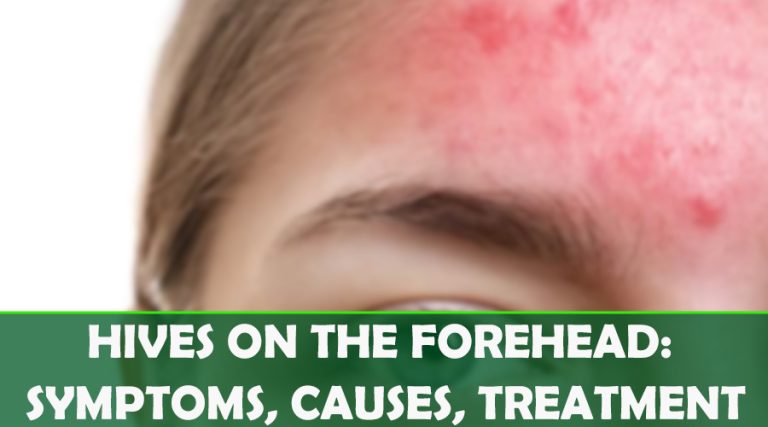What you should know about cheek redness

Cheek redness is a common problem that most people secretsofactors.top experience at some point in their lives. It can be caused by many things, including sun exposure, windburn, overheating and getting too npp meaning close to the sun or a fire. If you experience cheek redness regularly, you may want to see a doctor to rule out any underlying problems. In the meantime, there are some things you can do to reduce the intensity of your cheek redness. In this blog post, we will learn about cheek redness and what are the different things that
Contents
What is cheek redness?
Cheek redness is a common skin redness condition that results from the accumulation of blood in the tissue beneath the skin. The condition, also known as a hematoma, can be caused by a number of factors, including injury, inflammation, and cancer.
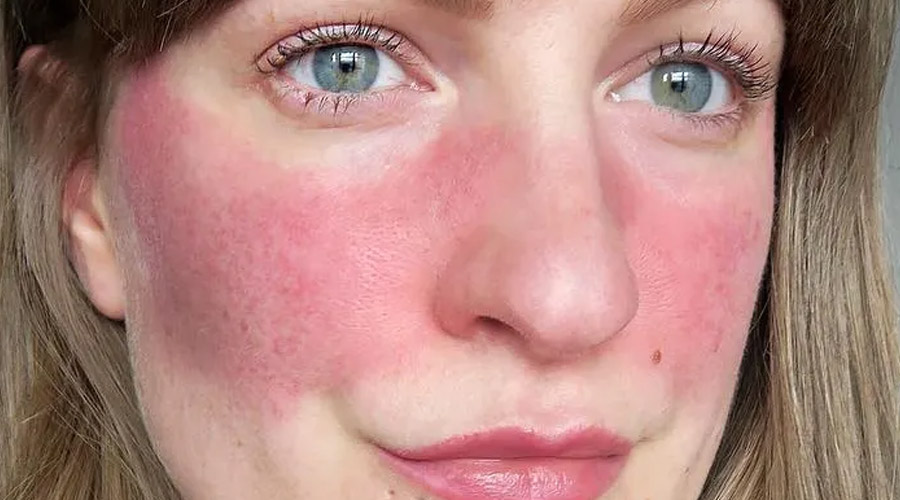
Cheek redness typically appears as discrete spots on the cheek and can range in severity from mild to severe. Treatment typically involves inflammation management and antibiotics to prevent infection.
What causes redness?

Redness is a common response to irritation and can be caused by many factors. It can be the result of an allergic reaction, infection, sunburn, or another type of skin injury. The underlying cause of redness may vary depending on the individual, but there are some general causes that are common in most cases.
Genetic flushing
Flushing is a reflex that can be triggered by certain smells or emotions. It’s believed to occur when the olfactory receptors in the nose are overwhelmed, triggering a rush of water through the sinuses. The sensation is generally fleeting and most people flush only once or twice during their lifetime. Flushed skin occurs when the hundreds of tiny blood vessels just beneath the skin dilate or widen.

But for those who experience flushing more frequently, there may be an underlying medical condition. Researchers have identified a gene that appears to influence how often people flush, and they’re now working to determine whether the gene is responsible for other conditions like asthma or migraines.
Alcohol

Alcohol is legal in most countries and it is a popular drug. It is classified as a depressant, but it can also be addictive. There are many types of alcohol, including beer, wine, and liquor. Alcohol consumption has been linked to health risks, including liver damage and cancer. People who drink alcohol should be aware of the risks and try to drink in moderation.
Inflammatory skin
Inflammatory skin conditions are often accompanied by severe itching and redness. They can be caused by a variety of factors, including allergies, irritants in the environment, or even something as simple as an infection.
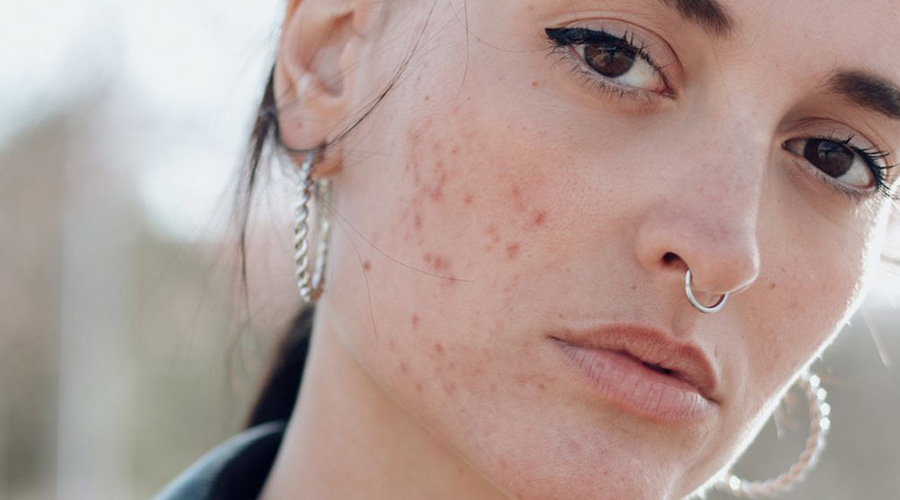
If you experience any of these symptoms, it’s important to seek out medical attention as soon as possible. There are many different treatment options available, and most will require a combination of medications and topical treatments.
Lupus

The autoimmune disease where the human body’s immune system starts to attack its own body parts is known as lupus. Lupus is a disease that causes inflammation of the skin and joints. It can also occur in the lungs, heart, brain, and other organs. There is no known cure for lupus, but treatments help manage the symptoms.
Contact dermatitis
Contact dermatitis is an inflammation of the skin that can occur due to contact with a substance that irritates the skin. This can be anything from a latex allergy to plant oils. It’s most commonly caused by cosmetics, detergents, and other chemicals.
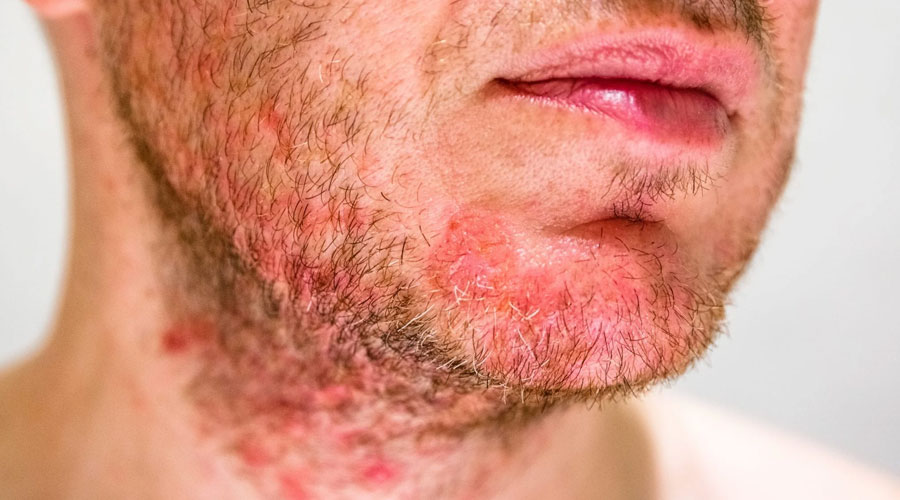
The symptoms may vary depending on the type of allergic contact dermatitis and can include redness, swelling, itching, and blistering. If you experience any of these symptoms, it’s important to talk to your doctor about what could be causing them.
Not to be confused with the similarly named contact dermatitis, seborrheic dermatitis shows up as redness that tends to concentrate around your nose and eyebrows.
Rosacea
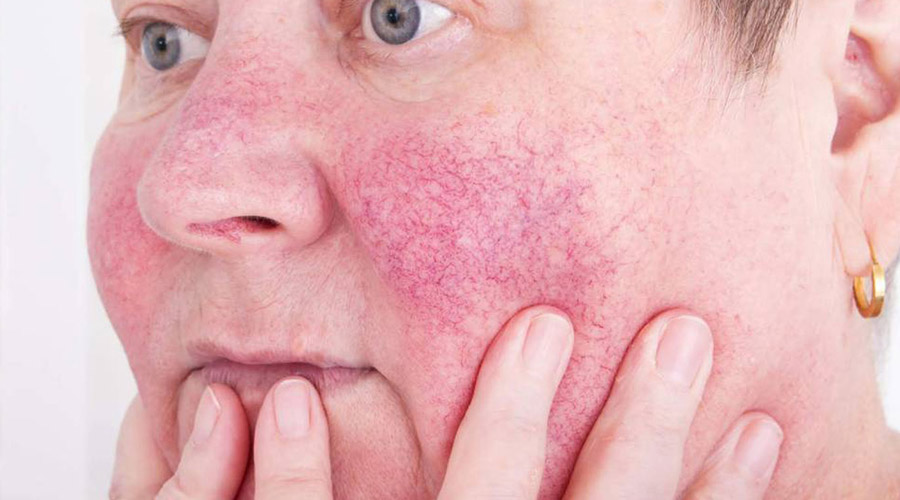
Rosacea is a common skin condition that affects around one-third of the population and may affect facial skin. It is caused by an overproduction of oil and sweat on the skin, which triggers inflammation and redness. Another key symptom of rosacea is visible blood vessels in the face.
Skin thickening: In some cases of acne rosacea, the skin might thicken and enlarge from excess tissue. Spicy foods may trigger rosacea. Rosacea treatment is difficult, but there are treatments available that can help improve symptoms.
Reaction to medication

Different people have different reactions to medications. Some people feel a sense of relief or calm after taking them, while others develop unpleasant side effects. In some cases, these side effects can be serious and require medical attention. It is important to discuss any potential side effects with your doctor before taking any medication.
Over-exfoliated skin
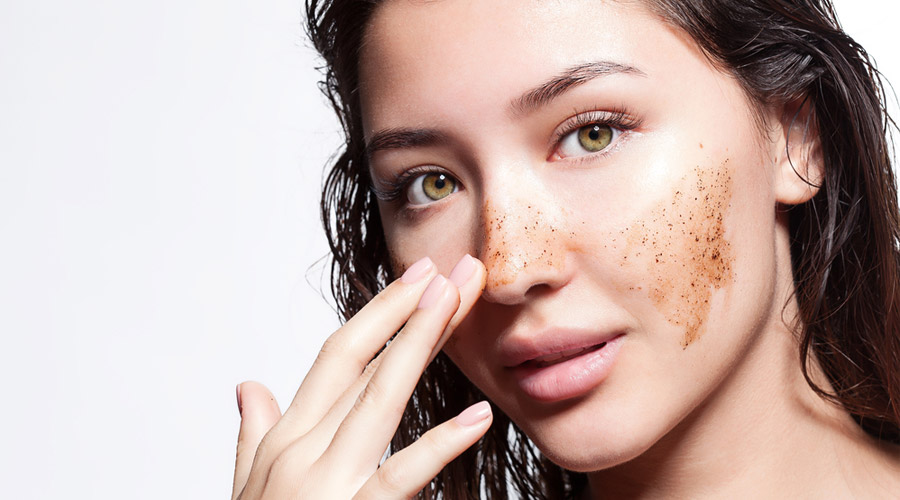
There is a growing concern over the over-exfoliation of skin. This occurs when people remove too much outer layer of skin, which can lead to sensitive skin irritation, dryness, and even scarring. It’s important to be mindful of how much skin you’re removing so that you don’t end up with any unwanted consequences.
Dry skin and acne
Acne is a common skin condition that occurs when oil and sweat glands on the face produce too much oil. Acne can also be caused by blockages in the hair follicles that drain the oil. Acne can worsen when skin becomes dry and tight.

There are many things people can do to reduce their risk of acne or acne treatments, including using sunscreen, avoiding excessive exposure to the sun, and keeping skin clean and well-hydrated.
Shingles

Shingles, also called herpes zoster, is a painful disease that can occur after the chickenpox virus is reactivated. It causes pain and redness on one side of the body. Shingles are most common in people over age 50 but can happen at any age. There is no cure for shingles, but there are treatments that can help relieve the pain.
Eczema

There is no one answer to the question of what causes eczema or atopic dermatitis, as the condition can be caused by a variety of factors. While there is no cure for eczema, treatments can help to improve symptoms. Eczema may be associated with other conditions, such as atopic dermatitis or food allergies.
The cause of eczema is still unknown, but it appears to be genetic and may run in families. Atopic dermatitis typically shows up as a red, itchy rash, or dry, inflamed skin leading to a compromised skin barrier.
How to reduce redness on the face?
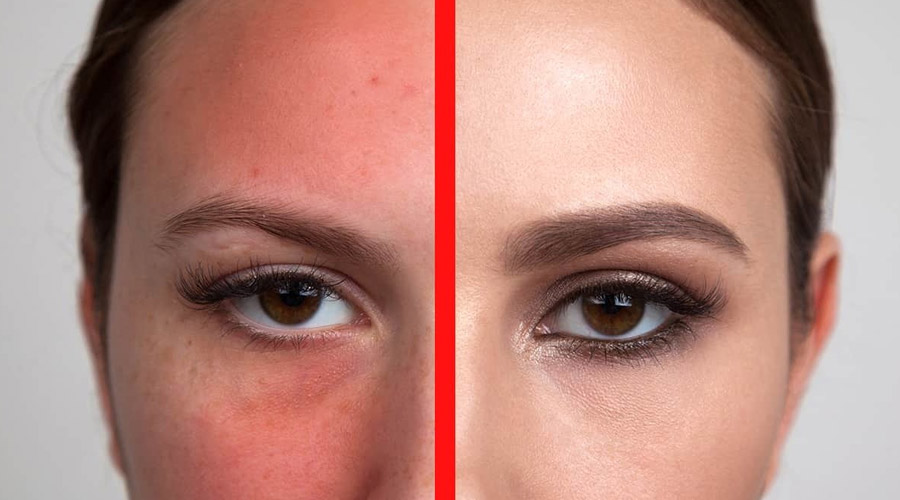
Although redness on the face can be a nuisance and frustrating, there are ways to reduce it and treat it like taking oral antibiotics. Here are 3 tips:
- Apply a light moisturizer before bedtime. This will help your skin stay hydrated and less irritated throughout the night.
- Always use sunscreen when outdoors in the sun. This will help protect your skin from harmful UV rays and prevent redness from forming.
- Avoid applying makeup directly to red areas as this can make them even more inflamed and prone to becoming irritated. Instead, try using a light foundation that allows you to cover red spots without creating a heavy appearance.
Changing your lifestyle

If you want to improve your physical and mental health, there are a few things you can do. Some of these changes may be small, such as taking breaks every 30 minutes, while others may involve making more substantial changes, like quitting smoking. The most important thing is that you take the time to research what works best for you and makes you happy.
Cool water bath or cold compress
A cool water bath or cold compress for cheek redness can help to soothe the skin and reduce inflammation. If the redness is mild, a cool bath may be all that is needed, but if the inflammation is more severe, a cold compress may also be helpful.
Aloe vera

Aloe vera is a plant that has been used for centuries to soothe and heal skin conditions. Recent studies have shown that aloe vera may also be effective in reducing the appearance of cheek redness.
Sunscreen
Sunscreen is a topical cream or lotion that is applied to the skin before exposure to the sun. The cream or lotion helps protect the skin from the sun’s UV rays by absorbing or blocking them. Sunscreen can be used on all areas of the body, including the face, neck, and hands. Sunscreen should be reapplied every two hours while in the sun and after swimming or sweating.
When to see a doctor?

If you are experiencing any of the following symptoms, see a doctor: severe pain, fever, difficulty breathing, chest pain, shortness of breath, redness, or swelling in the neck or armpit.
Inference
In conclusion, when it comes to cheek redness, there are many potential causes. While it is usually nothing to worry about, it is important to be aware of the different causes in order to seek appropriate treatment if necessary. If you are experiencing persistent cheek redness, be sure to consult a doctor for an evaluation.
FAQ
HOW DO I GET RID OF THE REDNESS AROUND MY NOSE AND CHIN?
Nose and chin redness can be caused by a variety of factors, but the most common culprit is sun exposure. To reduce redness, you can try using an over-the-counter cream or gel designed to reduce skin inflammation, applying an antioxidant moisturizer before sunscreen, or using a topical corticosteroid such as hydrocortisone cream.
If those methods don’t work, your doctor may prescribe a systemic antibiotic or a topical retinoid such as tretinoin.
WHY IS MY CHIN ALWAYS RED AND DRY?
Chin dryness is a common problem. Here are some of the reasons your chin might be dried out: You may use too many skincare products, you’re not using enough moisturizer, or you’re using the wrong type of moisturizer. You may also have a medical condition that causes your skin to dry out.
HOW CAN I REDUCE THE REDNESS ON MY FACE?
Redness on the face can be caused by a variety of factors, such as acne, sunburn, or rosacea. There are a number of ways to reduce redness on the face, including using topical treatments and lifestyle changes.
Some tips for reducing redness on the face include using sunscreen regularly, avoiding sun exposure during peak hours (between 10 am and 2 pm), and washing your face every day with warm water and soap.
WHAT CAUSES REDNESS ON THE FACE?
Redness on the face is caused by a variety of factors, including sunburn, skin disease, rosacea, and irritation. Some common causes of persistent facial redness include sun exposure, dry skin conditions, acne, and Rosacea.
In some cases, the cause is unknown but may be exacerbated by certain hormones or stress. Redness on the face can be a sign of many different health issues and should not be ignored.
WHY DO I SUDDENLY HAVE REDNESS ON MY FACE?
If you have redness on your face, it could be due to a variety of reasons. Some of the most common include sunburn, rosacea, lupus, and viral skin infection. If you’ve been spending a lot of time outside or in the sun, make sure to apply sunscreen liberally and take regular breaks in order to avoid turning red.
If you have rosacea, your skin may become flush and red due to inflammation and vasodilation of blood vessels. Lupus is an autoimmune disease that causes redness and swelling in various parts of the body, including the face.

